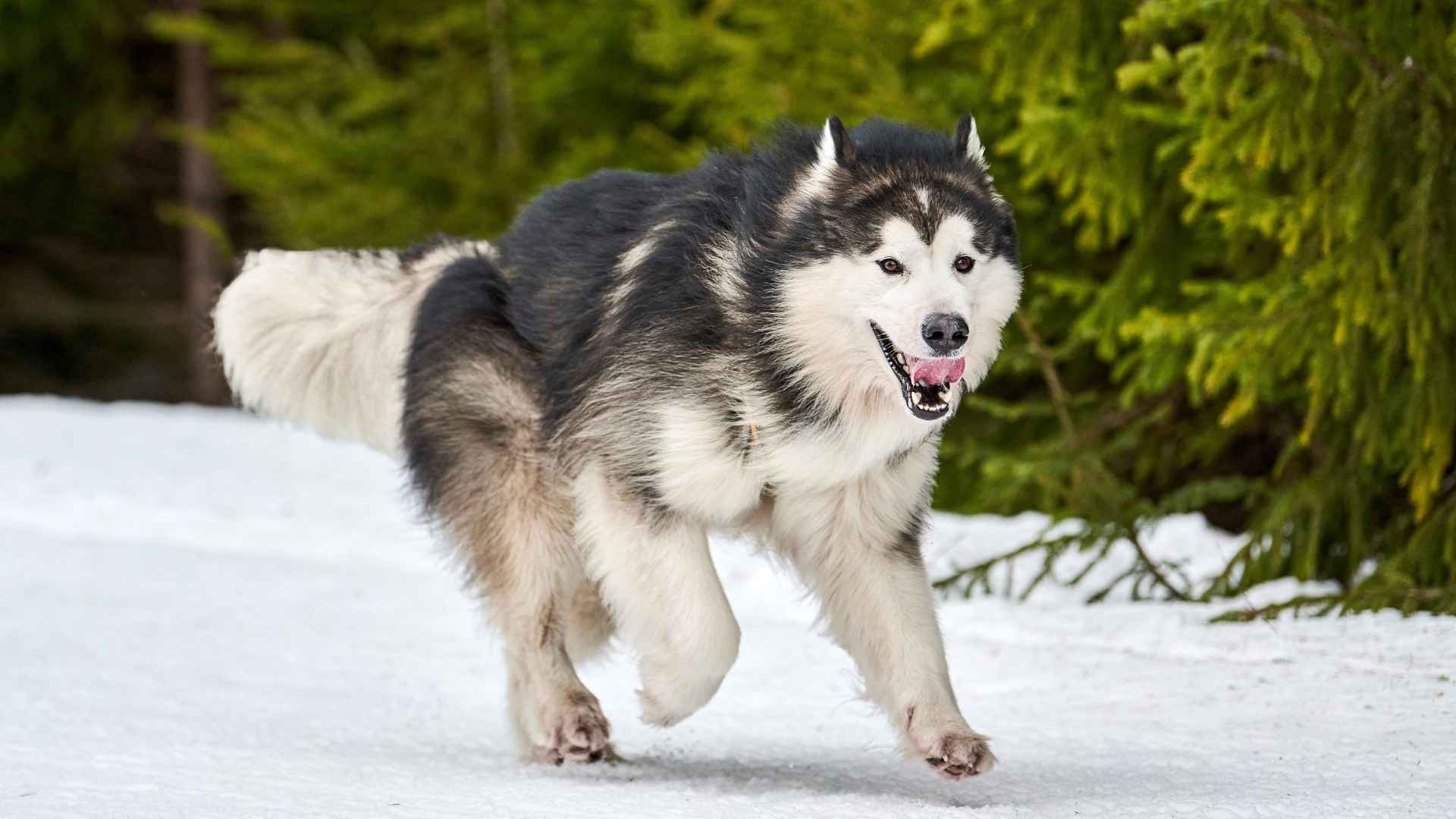Some dogs take instructions and follow commands, while others are born to think for themselves. These lonely warriors aren’t waiting for the next order to take action on; they pave the way. Figuring out the next move, where to go from here.
They were bred to be leaders in the dog world, for jobs that require quick thinking, self-reliance, and being a strong trait, followed by confidence. This comes from serving as livestock guardian dogs in remote and dangerous terrains to partaking in hunting large game without a handler nearby.
Their ability to act alone isn’t stubbornness; it is a natural instinct, a protective instinct. It is a reflection of their intelligence and centuries of selective breeding for survival-driven work. Research, in fact, shows that may suggests that oxytocin may be the reason dogs differ in their collaborative behavior towards humans.
If you’ve admired a dog that doesn’t just blindly follow commands but observes, analyzes, and makes a calculated decision, this guide is for you.
Most Autonomous & Brave Dog Breeds Acting Alone
1. Great Dane
The Great Dane, a breed called “the Apollo of Dogs,” is not just admired for its massive size and stature, but is also recognized for its confidence and subtle independence.
It was originally bred in Germany for hunting wild boar and guarding estates, which equipped it with enough experience and knowledge to act with autonomy and purpose. They are intelligent dogs who are able to assess a situation quickly.
Traits That Reflect Their Independence:
Calm problem-solvers.
Protective instincts.
Balanced temperament.
Low-repetition learners.
Confident guardians.
From looking after their homes or their loved ones, it is one dedicated-to-the-cause kind of dog. Their independence is wrapped in gentleness with a rare blend of self-reliance and emotional stability. They don’t attract chaos, nor do they create havoc in the name of guarding and being an independent breed.
2. Alaskan Malamute
This is one of the most independent and autonomous breeds ever to exist. The AKC describes them as “highly intelligent but also independent and wilful.”
Natural-born leaders, bred to survive the harshest Arctic conditions, the Alaskan Malamute originated from Alaska’s Mahlemut Inuit tribe. Originally bred to pull heavy sleds, hunt, and navigate frozen terrains.
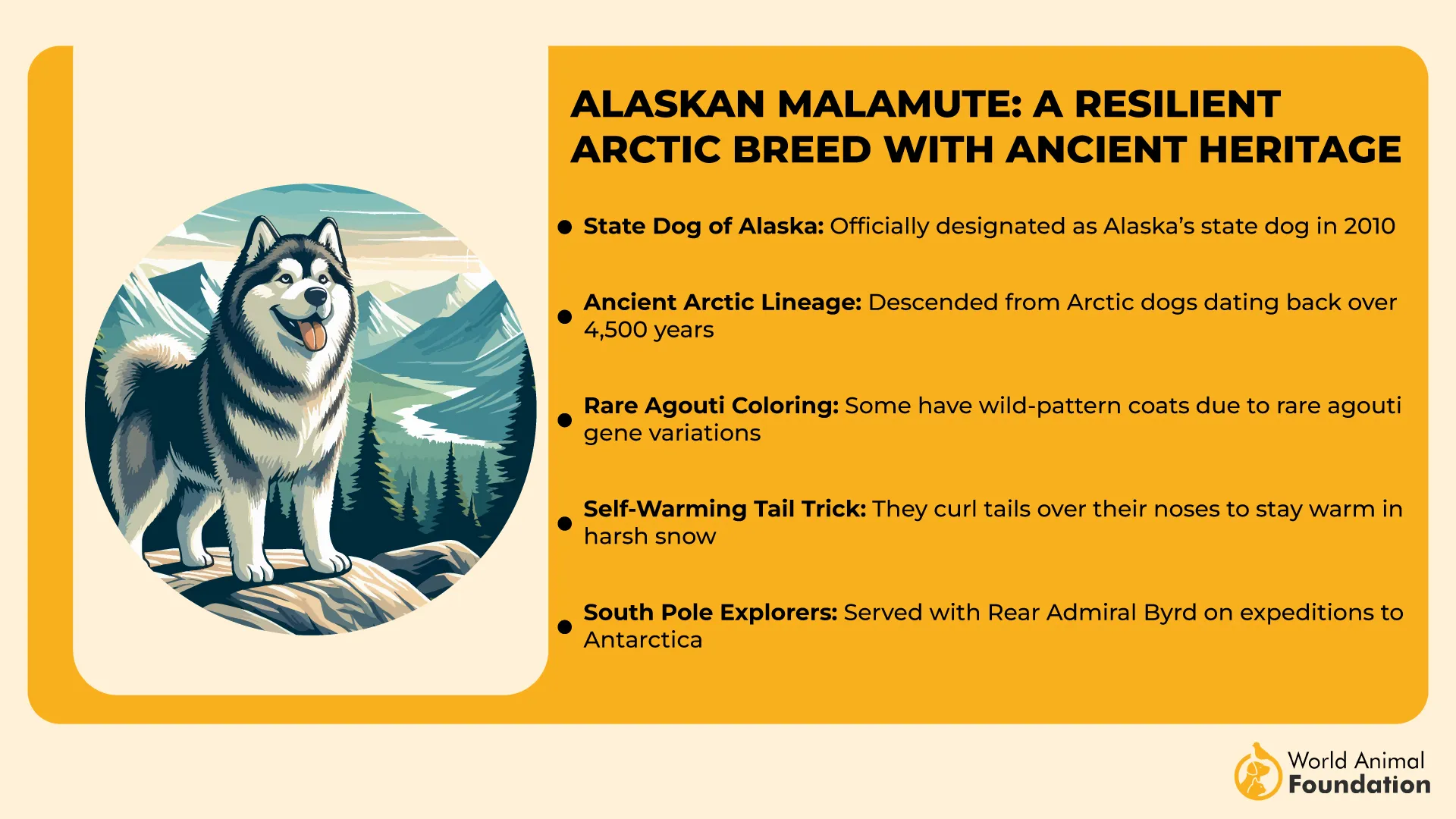
Traits That Reflect Their Independence:
High working drive.
Pack-oriented leaders.
Resilient and confident.
Quick learners, but on their own terms.
They can assess routes and obstacles, even predict weather changes, and act on instincts accordingly rather than wait for directions. Independence doesn’t mean defiance with an Alaskan Malamute.
It is intentional, a reflection of centuries of breeding and consistent training that taught them to look out for themselves and their pack or people without human direction. However, their stubborn nature does not make them an ideal choice for a first-time dog owner.
3. Romanian Carpathian Shepherd
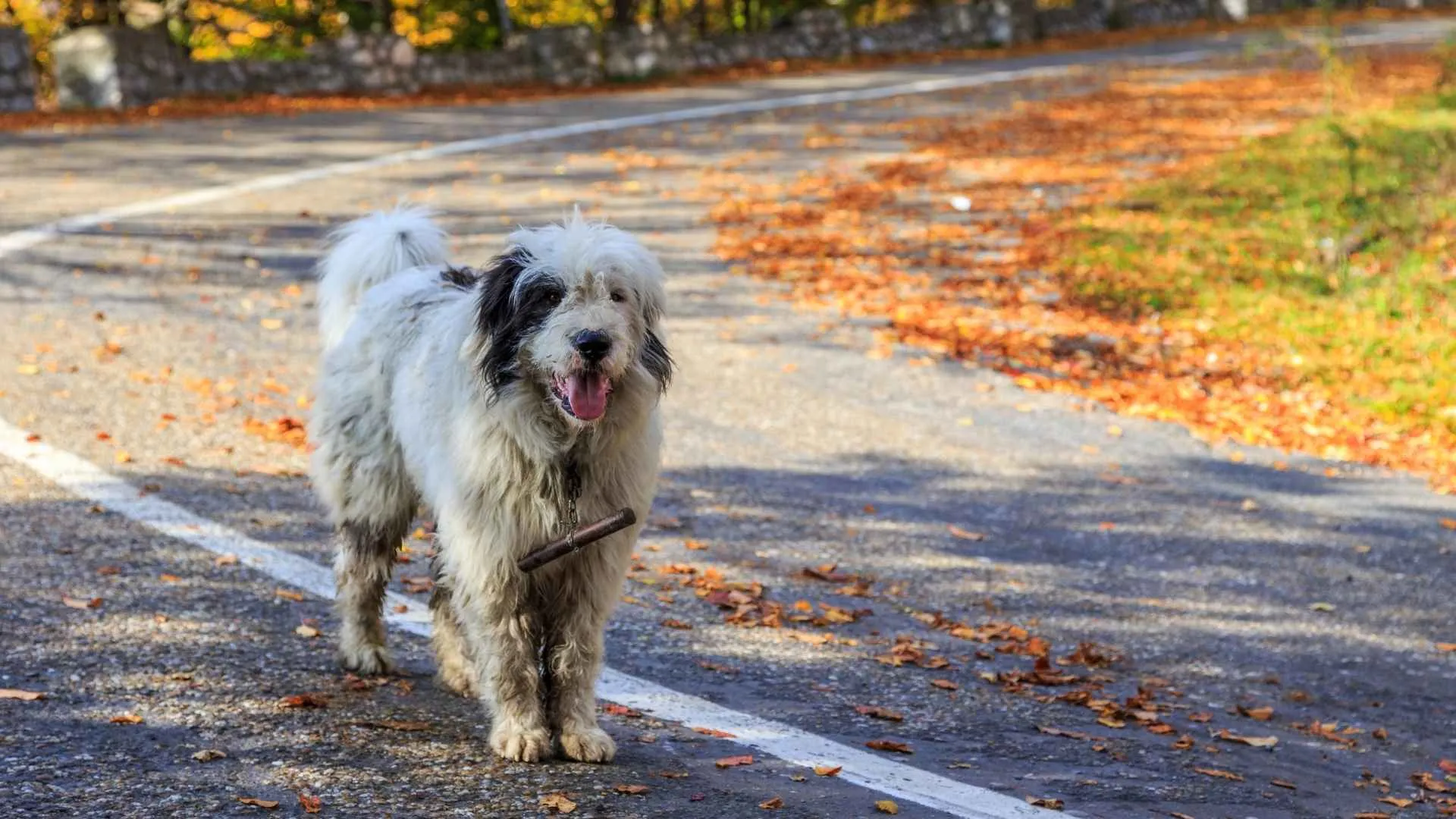
The Romanian Carpathian Shepherd is an instinctively intelligent livestock guardian and has a very independent nature. They have been used as working dogs in Romania and are still being used that way even today. They have a playful nature and form strong bonds with their people, becoming fiercely loyal.
Traits That Reflect Their Independence:
Natural protectors.
Keen observers.
Steady temperament.
Strategic thinkers.
Low-maintenance leaders.
Dignified, calm, and well-balanced, as reported by Royal Canin.
Likely originating from the Carpathian Mountains, this ancient breed was developed to protect flocks against wild animals like wolves and bears.
A task that required them to patrol vast mountain ranges alone, make decisions quickly and instinctively, and act decisively with little to no human interaction.
4. Pyrenean Mastiff
The Pyrenean Mastiff is a highly independent guard dog, highly majestic, originating from the Pyrenees Mountains of Spain.
As is the case with most independent dogs, this breed was also developed for protecting livestock. So thanks to that, this breed took on the ability to make smart decisions on its own, working miles away from a human.
Traits That Reflect Their Independence:
Guard with confidence and wisdom, strategically.
Patient and perceptive, looking at the bigger picture.
Remain composed and deliberate in their actions despite their sizeable benefit. Literally.
Emotionally intelligent.
This is a dog that is known to think before it acts. A trait not common in large breeds, especially large guard dog breeds. If you want a watchful protector for your family, this is a good pick because they aren’t impulsive in their decisions.
They are deliberate and smart. It is a loyal companion, a natural problem solver with a laid-back and affectionate nature. They make very loving family members.
5. Akita
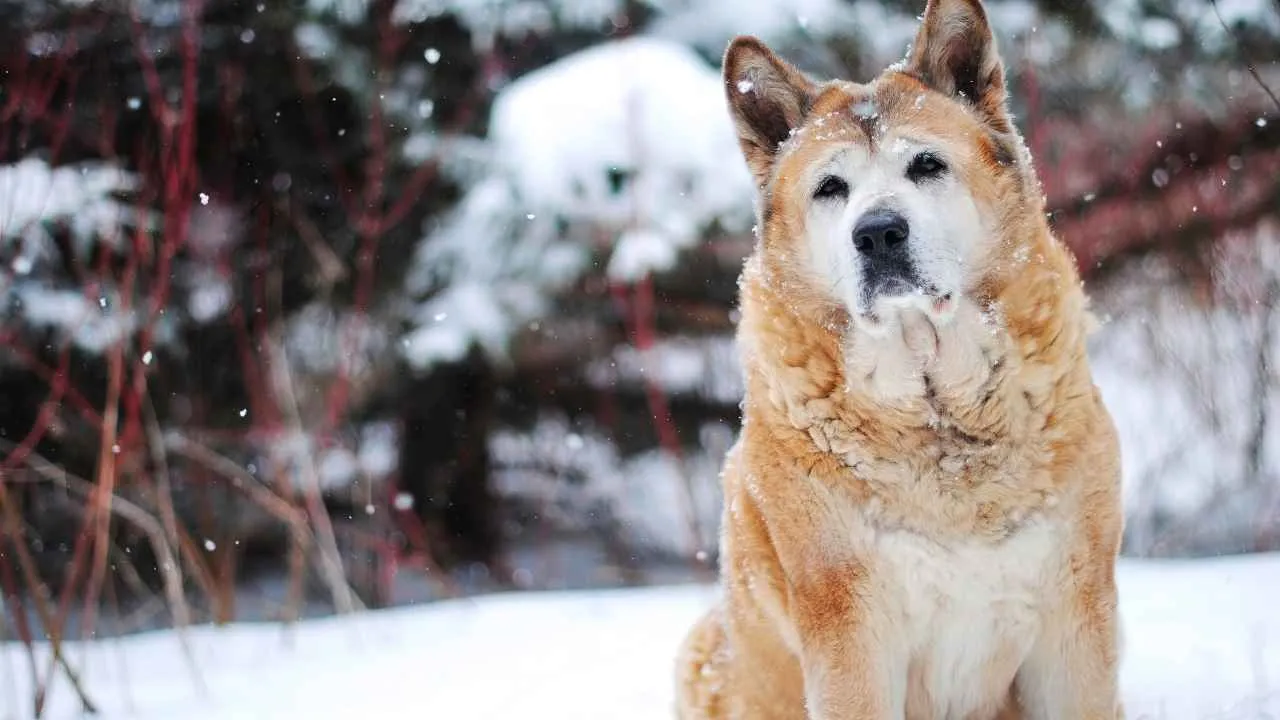
The Akita is one of the most famous things to come out of Japan. A staple, this breed is a symbol of loyalty, dignity, and autonomy. In the rugged mountains of northern Japan, the Akita was bred to hunt large wild game.
It has developed a strong instinct for strategic decision-making and self-sufficiency. For them, family life is very important, making very loyal bonds with them, noted by PDSA.
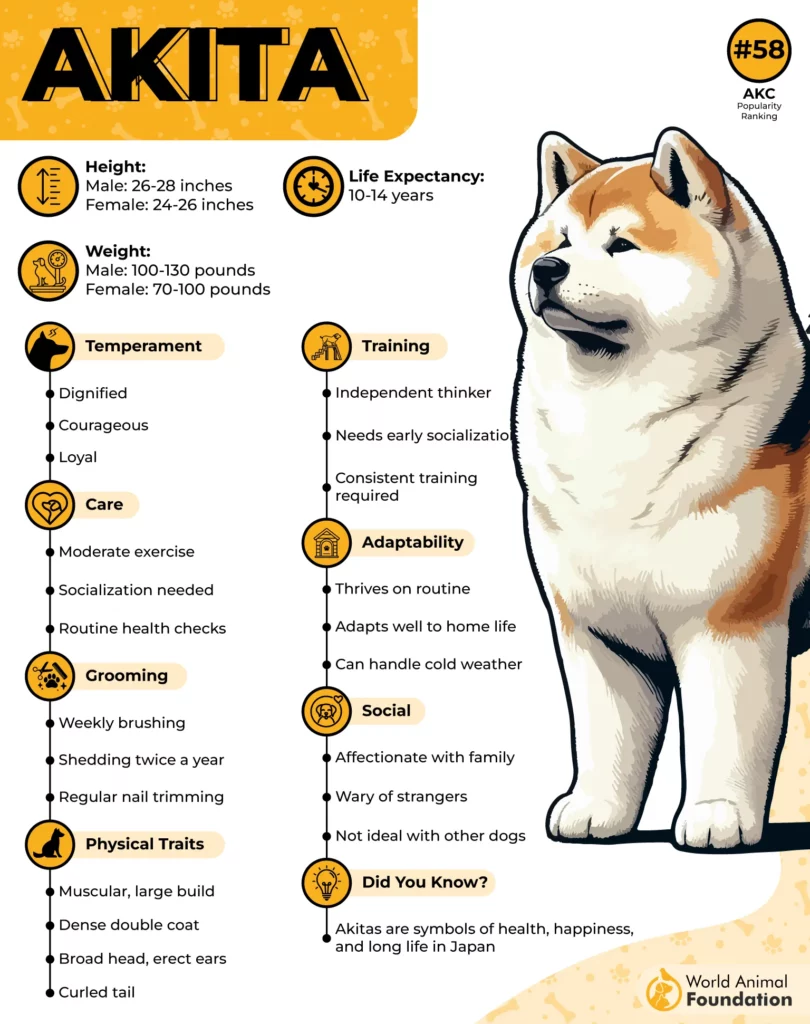
Traits That Reflect Their Independence:
Guard dogs historically by nature.
Emotionally reserved, but boy oh boy, once they bond. Those are incredibly strong bonds.
Operating with calculated precision but confidence.
Calm demeanor.
It has been, for years, working as a family protector and hunter dog. Protecting its human families, proving its undying loyalty, proven by the 1923-born Hachiko, an Akita belonging to a professor at Tokyo Imperial University who waited for said professor even after his death, refusing to give up hope. His dedication caused him to wait for a decade at a train station until his own death.
6. Great Pyrenees
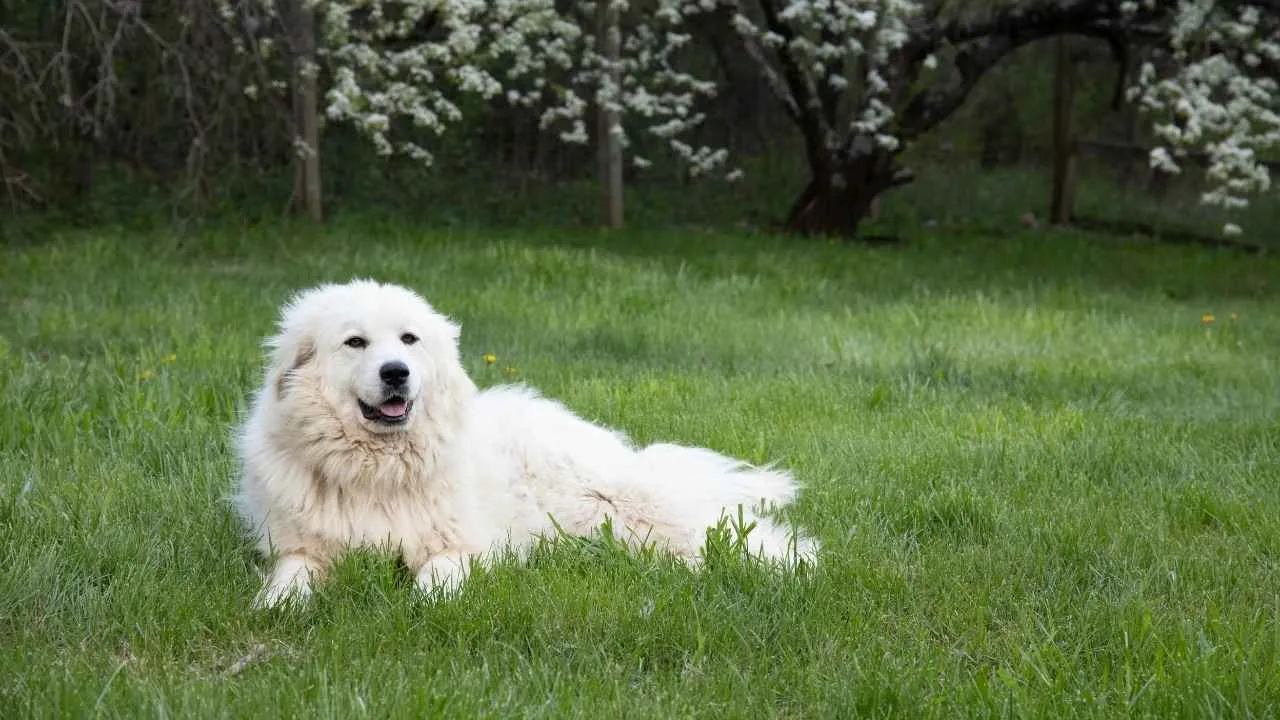
Across the rugged Pyrenees Mountains between France and Spain, you will hear stories of a majestic breed that has long protected flocks in the area. This is the Great Pyrenees, the right breed for the job.
One that may not have incredible speed, but they don’t necessarily need it with the precision they have developed over time and now work with, after years of working through harsh conditions and unpredictable terrains alone.
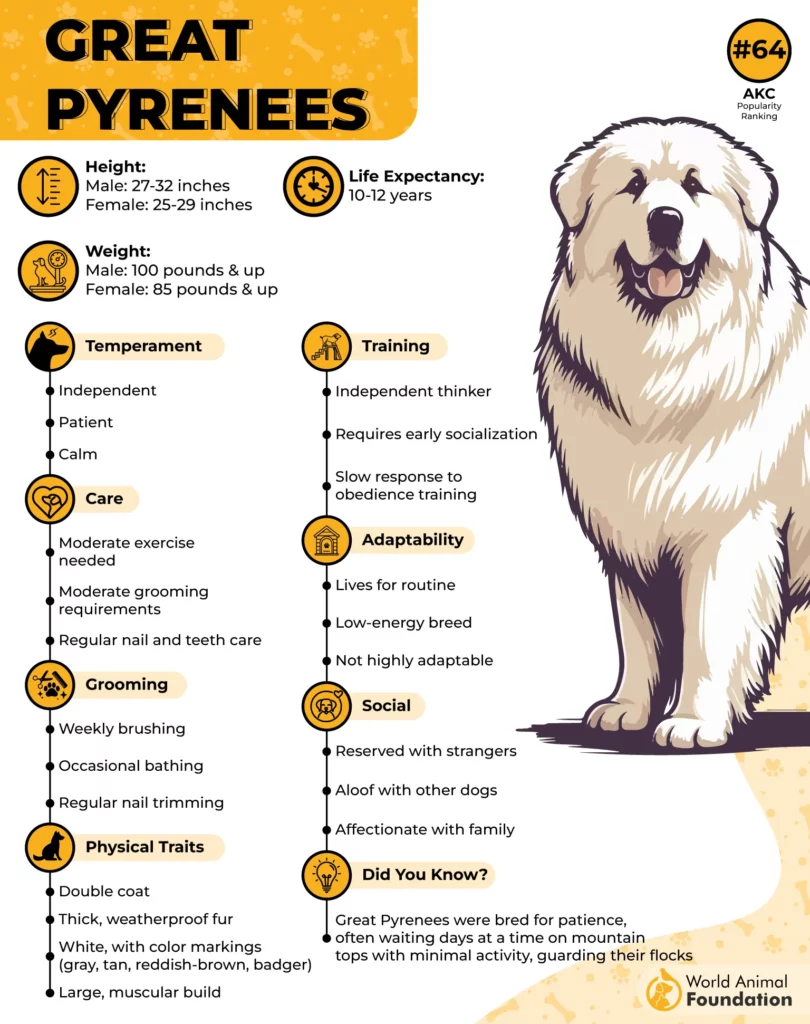
Traits That Reflect Their Independence:
Calm confidence under pressure.
Loyal and love their family unit immensely, but maintain a quiet autonomy.
Territorial, establishing protective boundaries and patrolling them.
The right balance of strength and serenity.
Their independence comes from a legacy of trust, where shepherd had to depend on them and their thinking and decision-making skills to protect their own.
A true gentle giant driven by purpose and peace. These furry friends have a thick coat that is luscious around their shoulders, giving them a lion-like mane.
This isn’t a breed that needs excess exercise, no huge amount of training required for them. Before carving out a physical routine for them, make sure to use our Dog Exercise Calculator to enable yourself to find the right activity fit for your Great Pyrenees.
Dog Exercise Needs Calculator
Invalid input. Please enter a valid age and breed.
7. Anatolian Shepherd Dog
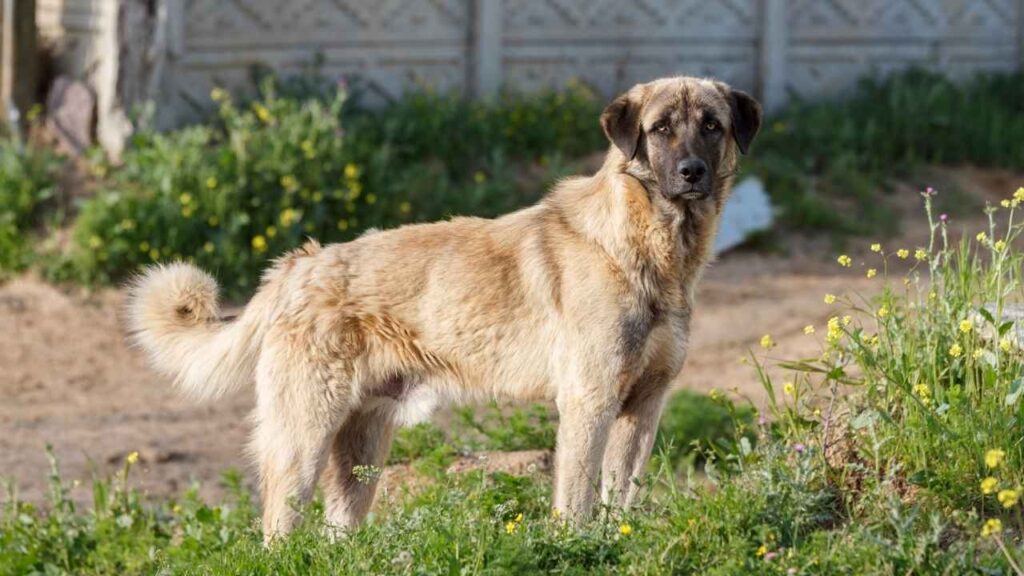
The vigilant thinkers of the Turkish plains, the Anatolian Shepherd Dog. One of the world’s oldest breeds, originating from Turkey, has been trusted to protect livestock and also serve as herding dogs for thousands of years.
Their independent nature came to be not just through encouragement, but through a dire need, a development for survival.
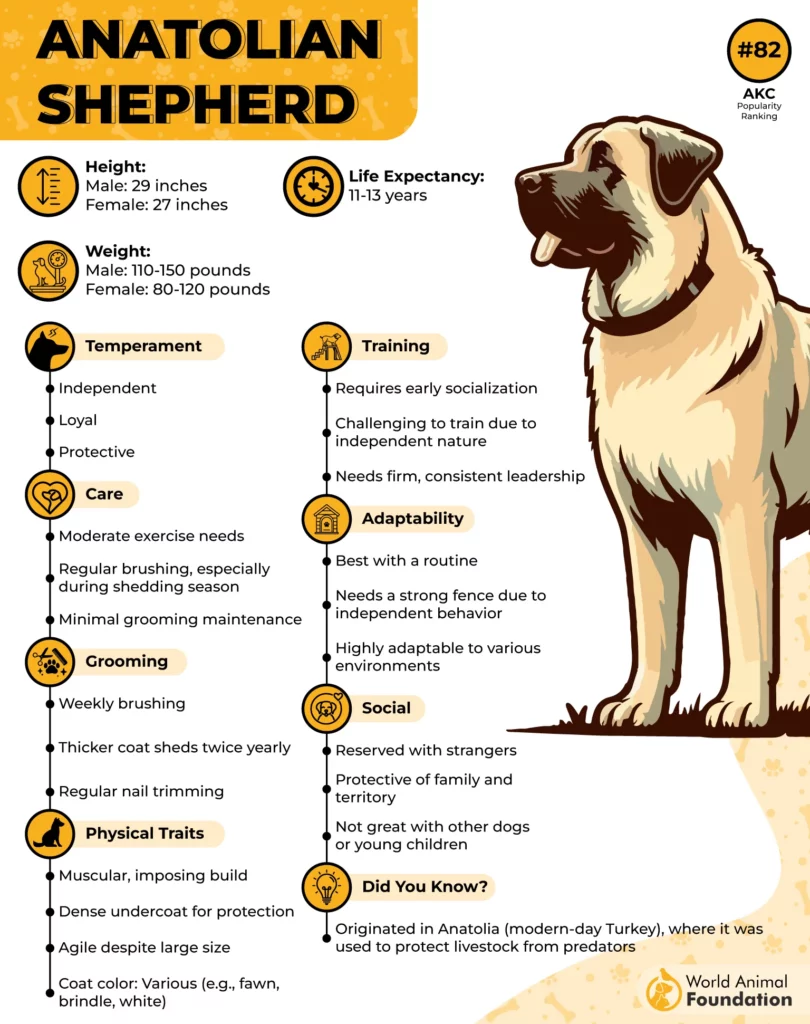
Traits That Reflect Their Independence:
Highly territorial.
Sharp judgment and restraint.
Commanding presence.
Never seeks attention but always commands respect.
Shaped by centuries of survival and responsibility, the Anatolian has a strong command and refined decision-making skills. This is a dog for experienced owners who can trust their natural intelligence and companionship.
It has to be a relationship built on mutual trust. They need early socialization, PetMD emphasizes, but also ample exercise and mental stimulation to be at their optimum level and not think every new thing is a threat.
8. Tibetan Mastiff
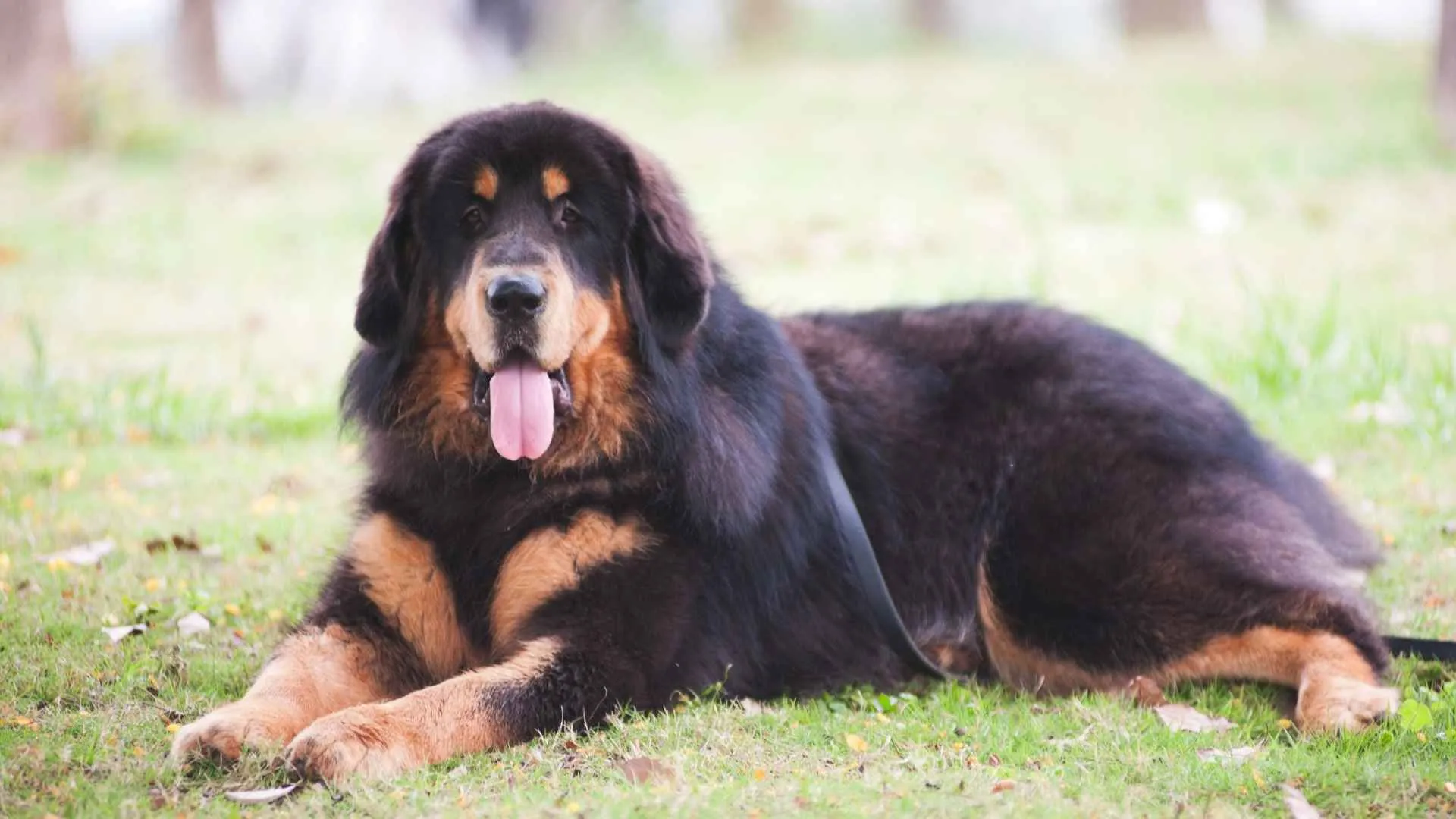
An ancient, self-governing breed made so by centuries of isolation in the Himalayas, we got the Tibetan Mastiff. Bred by nomadic herders and monks to guard monasteries, villages, and protect sheep and other livestock, too.
This is a breed that acts alone on one of the world’s harshest terrains, so their independence surely runs deeper than certain breeds.
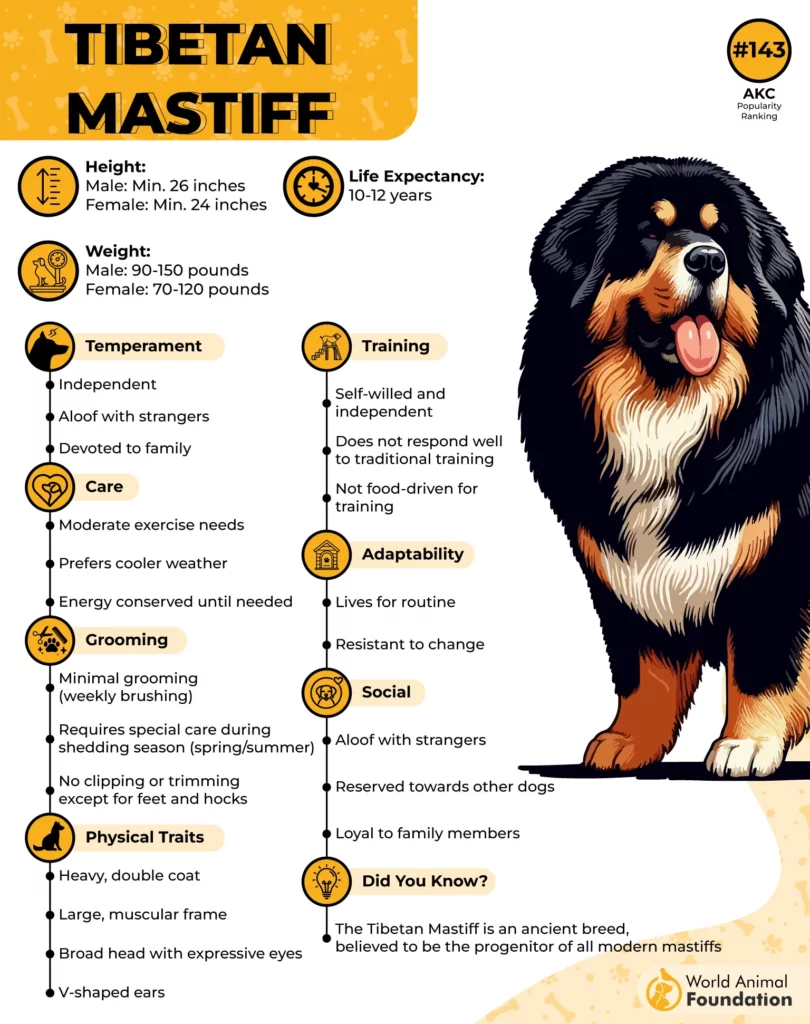
Traits That Reflect Their Independence:
Not a follower, it is a leader by nature.
A special blend of intelligence and restraint with self-governance.
Ignores unnecessary commands.
Instantly respond when they sense danger. No “waiting to be sure”, they are sure.
This breed actually prefers to work alone; it isn’t reactive but truly evaluative. Its confidence serves as assurance of a dog that knows its purpose.
Hill’s Pet tells us that if introduced to other dogs early on in their training, they will enjoy their company, and they are aloof with strangers. They have playful antics and need a little physical, but more so, mental exercise.
9. Komondor
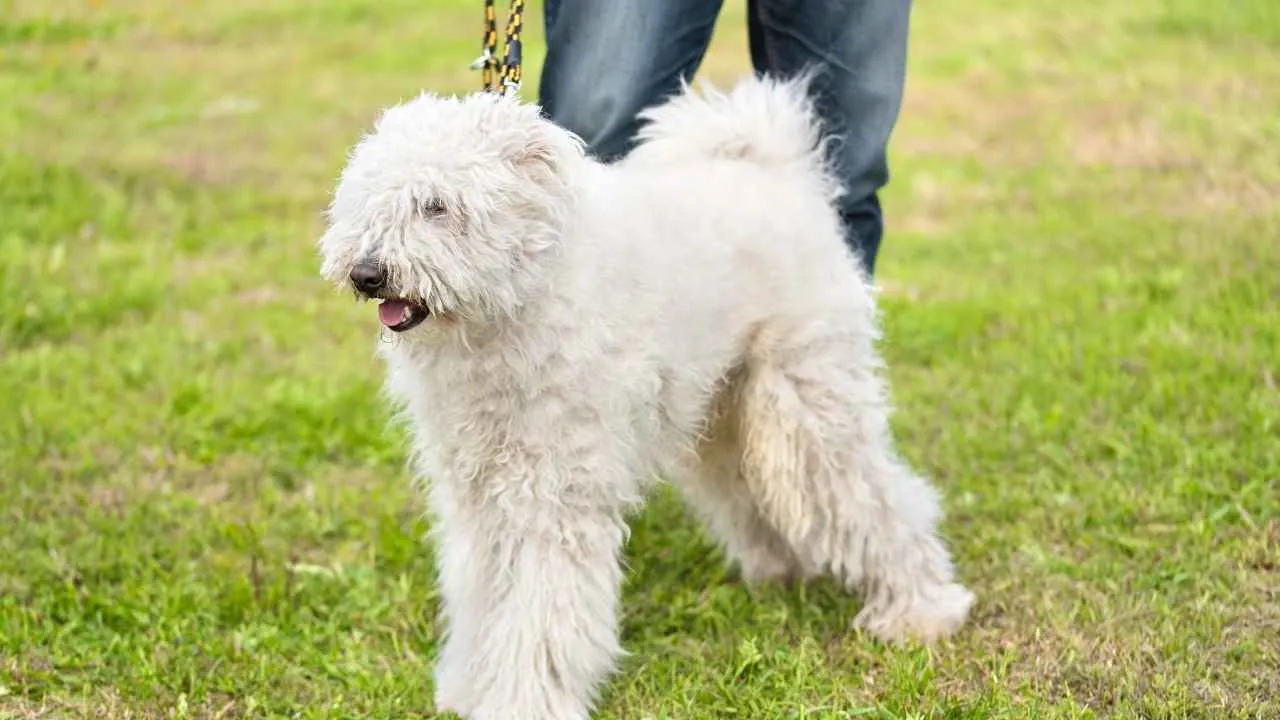
A world-famous breed with its famous long, white cords, the Komondor needs a firm hand at training due to their independent nature. Due to this nature, incredible speed, and large size, they can be a danger if in the wrong hands.
Originating from Hungary, this is also an ancient breed that was developed for protecting livestock. Sheep, cattle, and the like, without a shepherd in sight, these guys were the rulers on those plains.
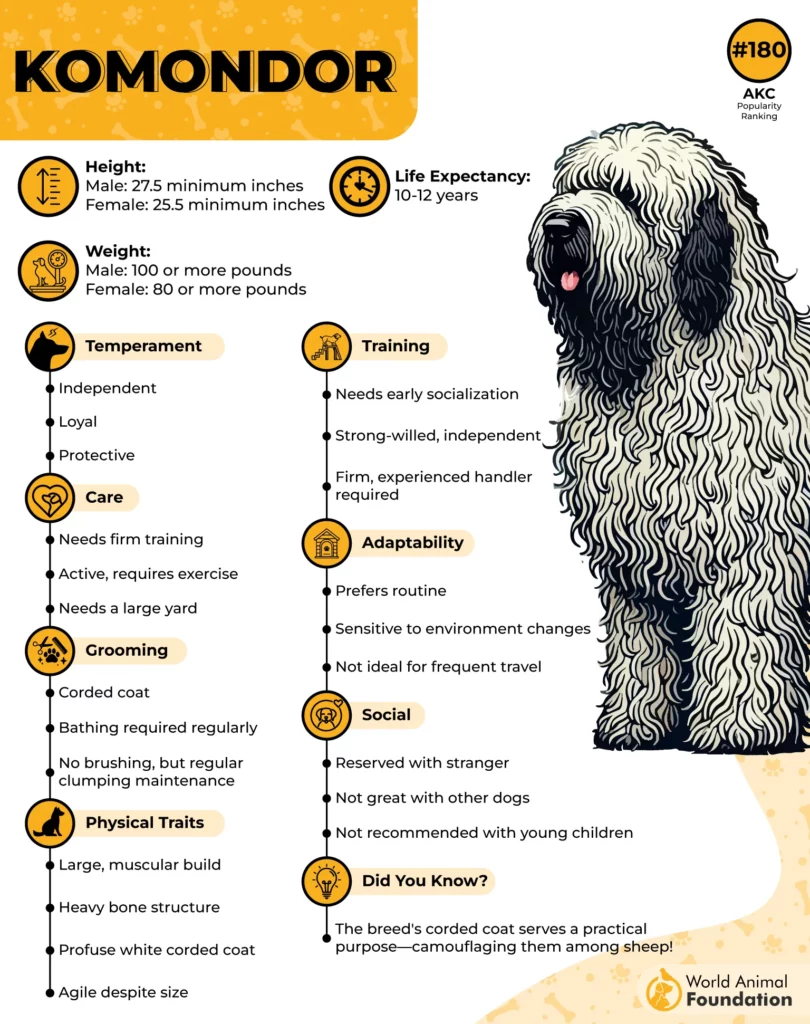
Traits That Reflect Their Independence:
Highly intelligent.
Loyal.
Making decisions on their own with an independent thought process.
Courageous.
This breed needs a dedicated owner who has the time to look after it, to avoid any funny smells due to their thick and long coats.
They may be trustworthy independent dogs, but only and only if they’re rightly trained. Again, in the wrong hands, they could turn out to be incredibly dangerous because of how strong-willed and difficult to train they are!
Conclusion
Other breeds that can be added to this list and make excellent guard dogs include the Border Collie, German Shepherd, Australian Cattle Dog, Doberman Pinscher, Giant Schnauzer, Miniature Schnauzer, Caucasian Shepherd Dogs, Hungarian Sheepdog, and even (less famously known to be this way) Golden Retrievers! The key is the training, a relationship based on trust and mutual respect, and undivided love and attention the moments you do spend time together.
This is a dog that is looking out for you without expecting much in return. Whether it’s the best guard dog in the game, a service dog, a massive dog, small dog, the core need is the same that drives their motivations. They need your respect and trust; the rest just follows.


